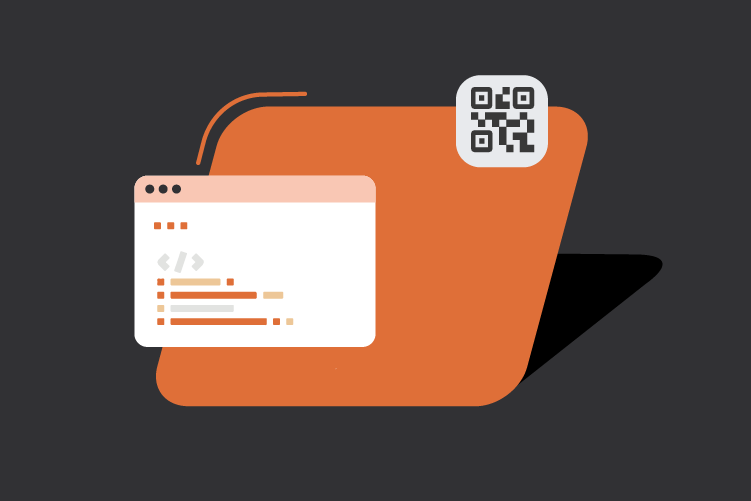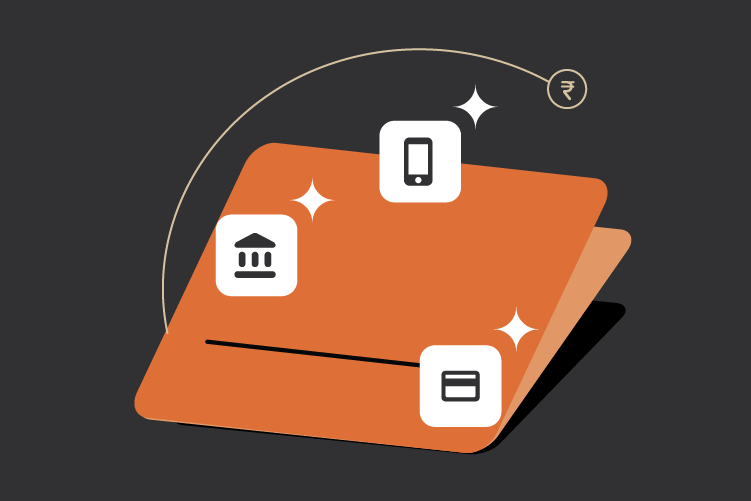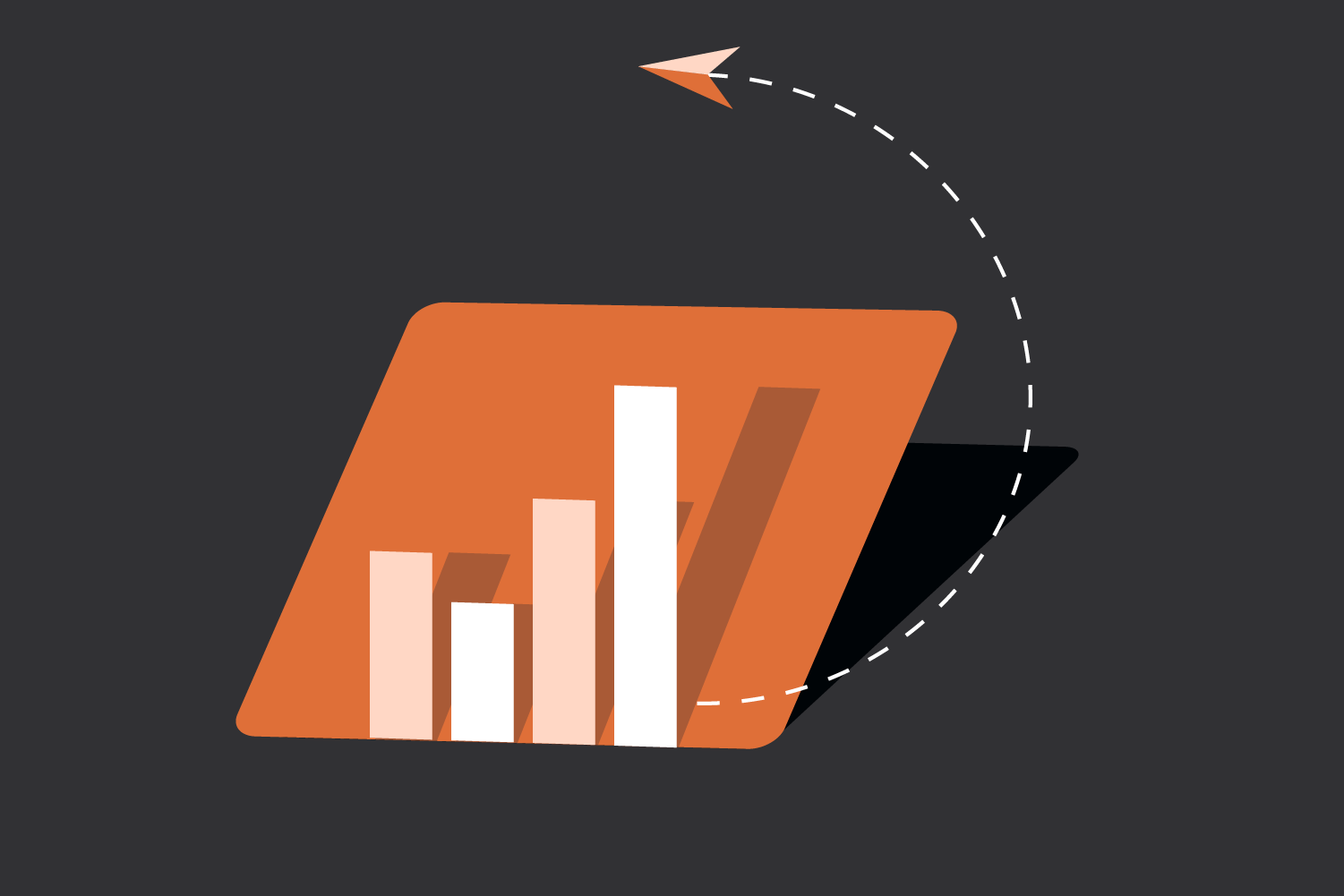When you make a payment via UPI (Unified Payments Interface), have you ever wondered how your transaction is completed with just a few taps on your phone? A crucial part of that seamless experience is the Virtual Payment Address (VPA).
Unlike traditional banking methods that require you to share sensitive details like account numbers and IFS codes, UPI simplifies payments with a virtual identifier, making your transactions more secure and user-friendly. In this article, we’ll explore the concept of VPA, how it works, and why it plays such an essential role in making UPI the go-to payment method in India.
What is a VPA in UPI?
A Virtual Payment Address (VPA) is a unique identifier used to send or receive payments through the UPI system. It acts as an alias or handle for your bank account, much like an email address used to send and receive messages without revealing your personal details. Instead of sharing your bank account number or other sensitive information, you can simply share your VPA with the person or service you wish to transact with.
The format of a VPA is simple and user-friendly. It usually follows this pattern: username@bankname. For example, if your name is Aditi and you bank with ICICI, your VPA could look like aditi@icici. This unique identifier links to your actual bank account, but unlike traditional banking, it doesn’t expose your account details to the other party.
How Does a VPA Work in UPI?
The VPA is at the heart of how UPI functions. To better understand this, let’s look at the basic steps involved in a UPI transaction:
Linking Your Bank Account to UPI
To start using UPI, you need to link your bank account to a UPI-enabled app (like Google Pay, PhonePe, or Paytm). During this setup, you’ll create your VPA, which will act as your payment address.
Initiating a Payment
Once you have your VPA, you can use it to send money. Let’s say you want to send money to a friend. All you need is their VPA, which they provide you in the format of friendname@bankname. You enter the amount, and the transaction is processed instantly.
Receiving Payments
When someone sends money to you, they simply enter your VPA in their UPI app, and the payment is transferred directly to your linked bank account. It’s as easy as sending an email or text message.
Privacy and Security
A key advantage of using a VPA is that it ensures privacy. Unlike traditional methods where you need to share your bank details, a VPA acts as a virtual mask, reducing the risk of fraud or identity theft.
Key Benefits of Using a VPA
- Simplified Transactions: A VPA eliminates the need to remember or share complex bank details like account numbers or IFS codes. You only need a simple, unique identifier to complete a transaction. This makes sending and receiving money far simpler, especially when dealing with multiple people or services.
- Enhanced Security: Because you’re not sharing sensitive bank account information, there’s less risk of fraud. The VPA ensures that your financial data remains protected while still allowing for seamless transfers.
- Faster Payments: UPI transactions with VPAs are processed instantly. Whether you’re sending money to a friend or paying for an online purchase, the funds are transferred in real-time, which is a huge advantage over traditional banking methods.
- Convenience: With VPA, there’s no need for physical cards, bank details, or complicated payment procedures. Whether you’re paying for groceries, settling bills, or transferring funds to family, it can all be done with a few taps.
- Multi-Bank Integration: A single VPA can be linked to multiple bank accounts, allowing you to manage your finances seamlessly without the need to switch between different apps or accounts. This flexibility is especially useful for users who have accounts across different banks.
How to Create a VPA?
Creating a VPA is quick and easy. Here’s how you can set up your VPA on most UPI-enabled apps:
- Download and Open a UPI-Enabled App: First, choose a UPI-enabled payment app, such as Google Pay, PhonePe, or Paytm, and download it on your smartphone.
- Link Your Bank Account: The next step is to link your bank account to the app. During this process, you’ll be asked to enter your bank account details and verify them through an OTP (One-Time Password).
- Choose and Create a VPA: After linking your bank account, you will be prompted to create your VPA. Pick a username or alias that’s easy to remember and make sure it’s unique. It will be in the format username@bankname (e.g., john@okhdfc).
- Start Using UPI: Once your VPA is set up, you’re ready to start sending and receiving payments. Simply share your VPA with others when you need to receive money, and enter theirs when making payments.
VPA vs. Bank Account Number: What’s the Difference?
While both a VPA and a bank account number serve as identifiers for financial transactions, there are key differences between them:
- Bank Account Number: This is a unique number assigned to your bank account. It is used for traditional bank transfers like NEFT, RTGS, or IMPS. Sharing your bank account number requires you to expose your financial details, which could pose security risks.
- VPA: A VPA, on the other hand, is a virtual alias that links to your bank account. It does not reveal your actual account number or any other sensitive information, making it more secure. Additionally, a VPA can be used across multiple banks, allowing for greater flexibility.
Real-World Use Cases of VPA
- Peer-to-Peer Transactions: Whether you’re splitting a bill with friends or sending money to family members, VPAs make peer-to-peer transactions effortless and quick.
- E-Commerce Payments: Online shopping platforms now accept UPI payments via VPA, allowing customers to complete purchases without needing to enter sensitive card details.
- Bill Payments: UPI’s VPA system is increasingly being used for recurring payments like utility bills, school fees, and subscription services, offering a hassle-free experience for both consumers and businesses.
- Business Transactions: Small businesses and freelancers can accept payments via UPI and VPA, eliminating the need for card machines or bank account details.
Why VPA is Essential for the Future of Payments
The simplicity, security, and speed offered by VPAs make them indispensable for the future of digital payments. As more businesses and consumers adopt cashless transactions, the demand for secure, efficient payment systems like UPI—and by extension, VPA—will continue to grow.
VPAs are central to the seamless digital payment experience in India. As they reduce the need for complex bank details, they play a critical role in the widespread adoption of digital payments.
At Zwitch, we understand the importance of providing seamless payment solutions, which is why we offer low-code APIs designed to integrate UPI effortlessly into your platform. Our Payment Gateway supports UPI, enabling businesses to accept payments through various methods, including VPAs. This integration ensures smooth, secure transactions for both merchants and customers, enhancing the overall payment experience.
Additionally, Zwitch’s VPA Verification APIs offer an added layer of security. Before initiating a transaction, businesses can validate the VPA to ensure it’s active and correct. Our real-time VPA verification process allows businesses to confirm the VPA’s status and retrieve the account holder’s name, ensuring that transactions are not only secure but also accurate.
With these advanced features, Zwitch helps businesses stay ahead by offering fast, secure, and reliable digital payment solutions.
Interested in our APIs? Let’s talk!
Tell us your automation goals, and we’ll set you up with a free, personalized demo from our API expert.
Click HereConclusion
The introduction of Virtual Payment Addresses (VPAs) within UPI has transformed the way we send and receive money. With its user-friendly format, enhanced security, and real-time transaction capabilities, VPA has made digital payments more accessible, convenient, and safe. As UPI continues to evolve, VPAs will remain a cornerstone of this digital revolution, simplifying payments for millions of users across the country.
FAQs
What is a VPA in UPI?
A Virtual Payment Address (VPA) is a unique identifier used in the UPI system to send and receive payments. It acts as an alias for your bank account, allowing you to make transactions without revealing sensitive banking information like your account number or IFSC code.
Is VPA secure?
Yes, VPA enhances security because it doesn’t reveal sensitive banking information. Your actual account number and IFSC are not shared during transactions, reducing the risk of fraud and identity theft.
How does Zwitch’s VPA Verification API work?
Zwitch’s VPA Verification API allows businesses to validate a VPA in real time. By sending the VPA handle to our API, you can confirm its status and retrieve the account holder’s name, ensuring that payments are directed to the correct and active account. This reduces transaction errors and enhances security.
How Can Zwitch Help Businesses with a Payment Gateway Supporting UPI/VPA?
Zwitch offers a Payment Gateway that fully supports UPI payments, allowing businesses to seamlessly accept payments through Virtual Payment Addresses (VPAs). This integration simplifies the payment process, enabling businesses to offer fast, secure, and convenient transactions to their customers.
What are the advantages of using Zwitch’s UPI-supported Payment Gateway?
By integrating Zwitch’s Payment Gateway, businesses can offer their customers an easy, secure, and efficient way to make payments. By supporting a variety of payment methods, including UPI/VPAs, cards, net banking, and more, Zwitch ensures faster transactions, enhanced security, and a simplified user experience.



0 Comments